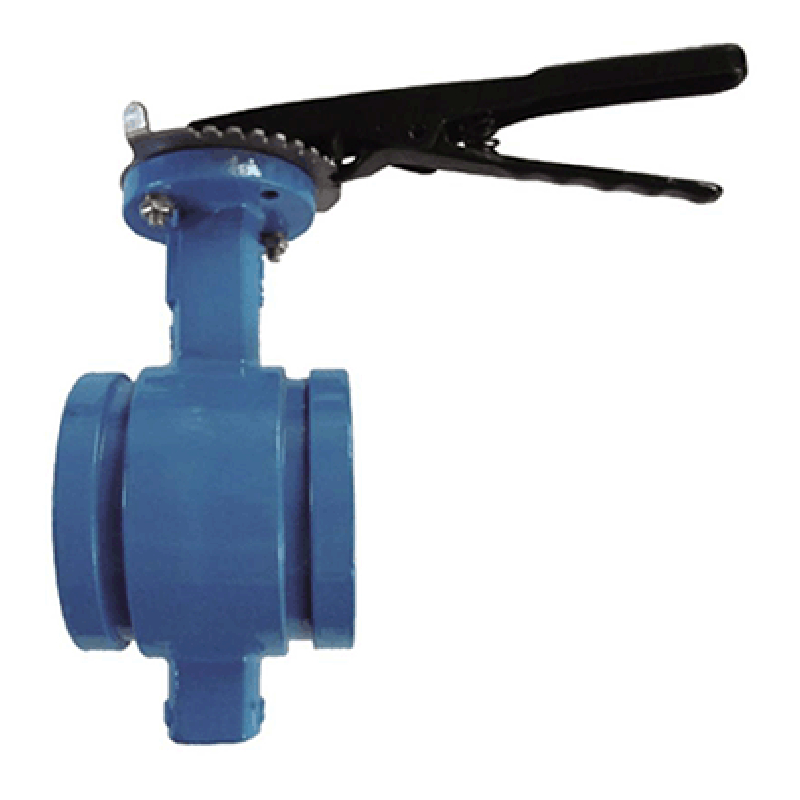ኅዳር . 14, 2024 06:13 Back to list
double plate check valve
Understanding Double Plate Check Valves
Double plate check valves are essential components in various fluid systems, playing a crucial role in maintaining efficiency and preventing backflow. This type of valve is designed with two parallel plates that allow fluid to flow in one direction while automatically closing to prevent reverse flow. Their design is particularly effective in reducing the risk of fluid leaks and ensuring a consistent flow of liquids or gases, which is vital in many industrial applications.
Design and Functionality
The double plate check valve consists of a body, two plates (or discs), and a hinge. The plates are typically made from durable materials such as stainless steel, bronze, or plastic, enabling them to withstand high pressures and corrosive environments. When fluid flows through the valve in the intended direction, the pressure forces the plates apart, allowing unrestricted flow. In the event of flow reversal, gravity and backpressure close the plates, effectively sealing the valve and preventing unwanted backflow.
This simple yet effective design provides several advantages. Firstly, double plate check valves are lightweight compared to traditional check valves, making installation simpler, especially in confined spaces. Secondly, they have a low-pressure drop due to their streamlined shape, which enhances energy efficiency in fluid systems. This characteristic is particularly beneficial in industries such as water treatment, chemical processing, and power generation, where maintaining optimal flow rates is crucial.
Applications
Double plate check valves are widely used across various industries. In water supply and wastewater management, these valves help protect pumps and other equipment from potential damage caused by backflow. They are also commonly found in fire protection systems, ensuring that water flows in the required direction during emergencies.
double plate check valve

In the oil and gas industry, double plate check valves are instrumental in pipeline systems, safeguarding against back pressure that could compromise pipeline integrity. Additionally, they are utilized in HVAC systems to prevent the backflow of refrigerants, maintaining system efficiency and enhancing overall performance.
Benefits
One of the primary benefits of using double plate check valves is their reliability. The design minimizes the risk of failure compared to traditional swing check valves, which may jam or leak due to debris or mechanical wear. Furthermore, with no external power supply required for operation, these valves are ideal for installations where automated systems are not feasible.
Maintenance is another advantage, as double plate check valves typically require less routine upkeep than other types of valves. Their inherent simplicity allows for easy inspection and servicing, ensuring that systems remain operational with minimal downtime.
Conclusion
In conclusion, double plate check valves serve a vital role in fluid control across various industries. Their efficient design, reliability, and ease of maintenance make them an ideal solution for preventing backflow and ensuring smooth fluid dynamics. As industries continue to prioritize efficiency and sustainability, the adoption of double plate check valves is expected to grow, further solidifying their importance in modern engineering applications. Whether in water management, industrial processes, or energy systems, these valves are indispensable tools for maintaining operational integrity.
Share
-
Reliable Wafer Type Butterfly Valves for Every IndustryNewsJul.25,2025
-
Reliable Flow Control Begins with the Right Ball Check ValveNewsJul.25,2025
-
Precision Flow Control Starts with Quality ValvesNewsJul.25,2025
-
Industrial Flow Control ReliabilityNewsJul.25,2025
-
Engineered for Efficiency Gate Valves That Power Industrial PerformanceNewsJul.25,2025
-
Empowering Infrastructure Through Quality ManufacturingNewsJul.25,2025